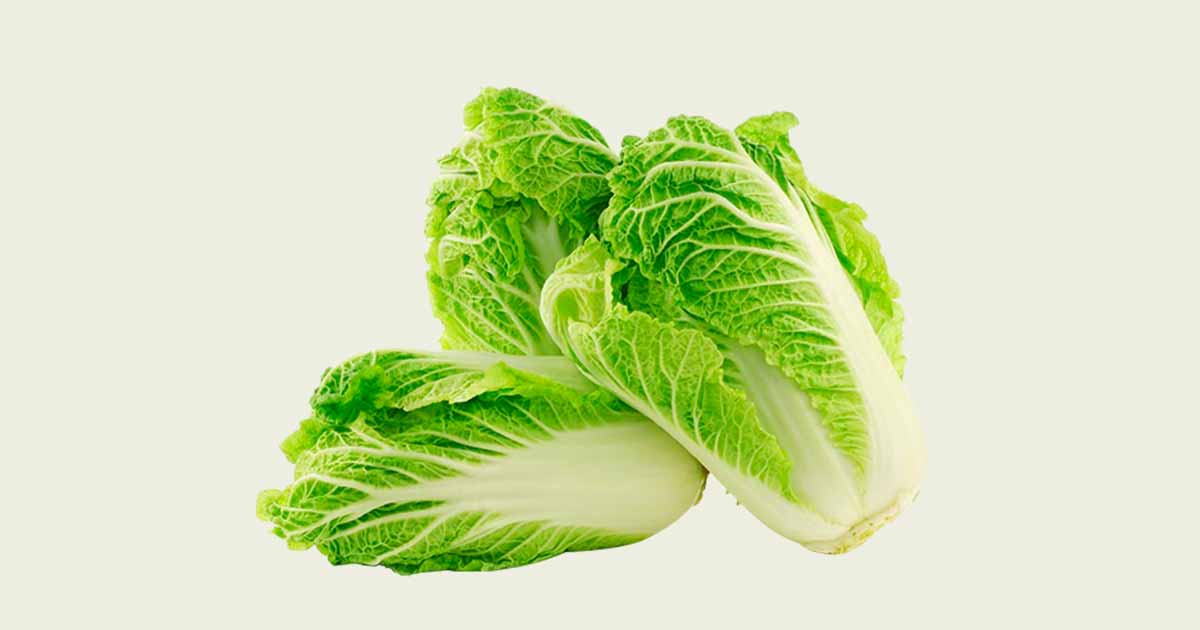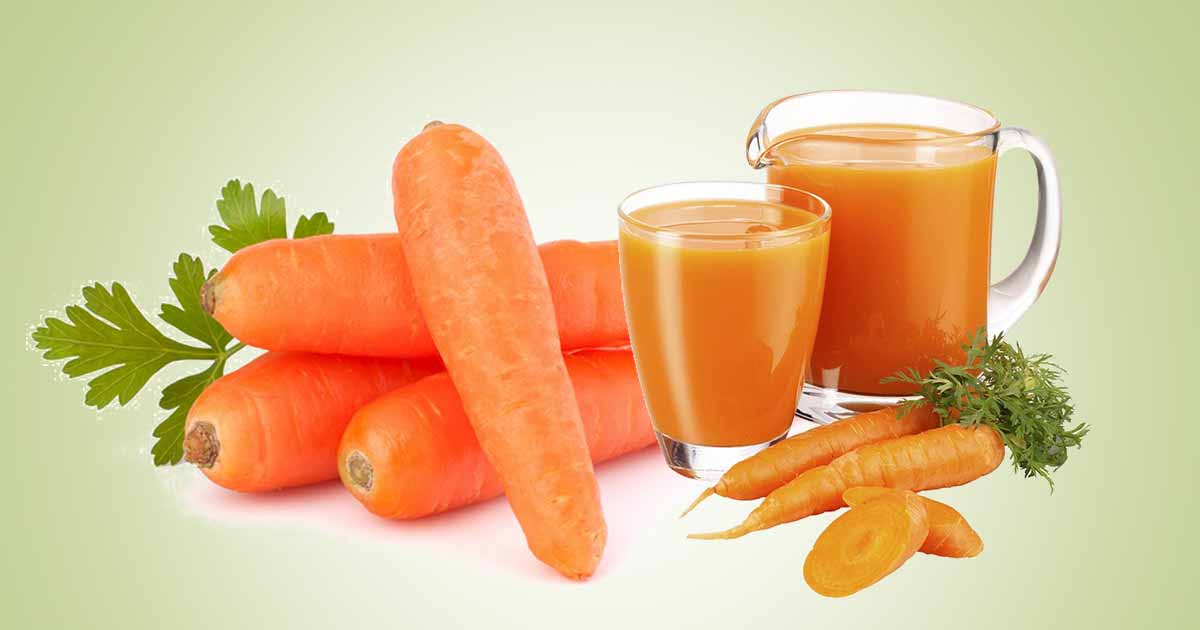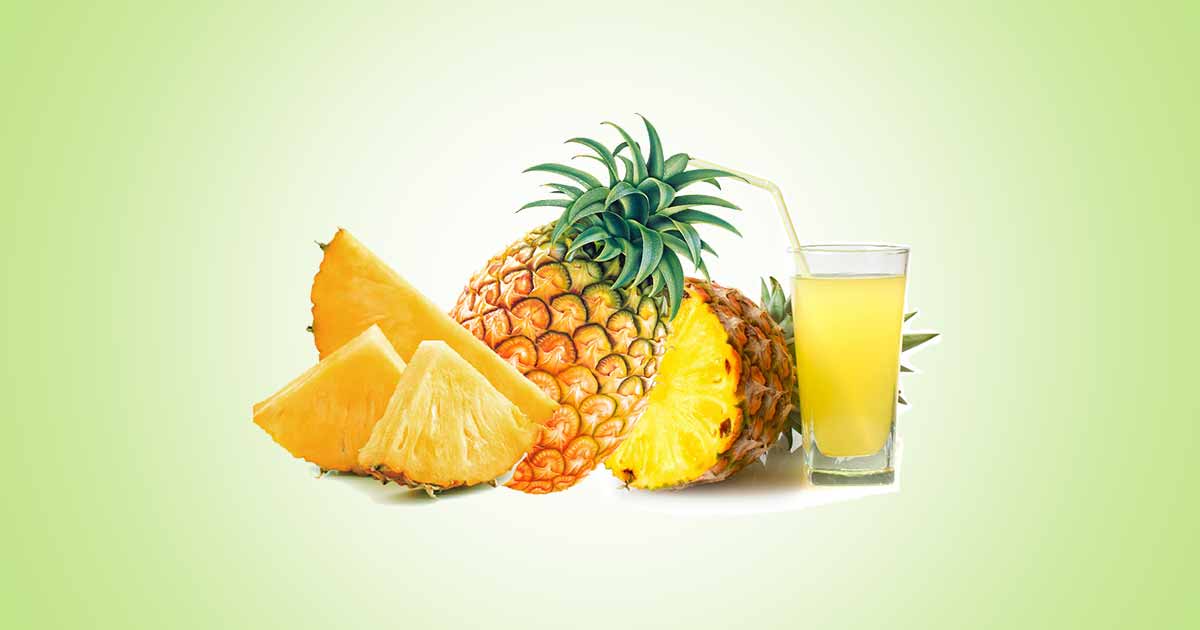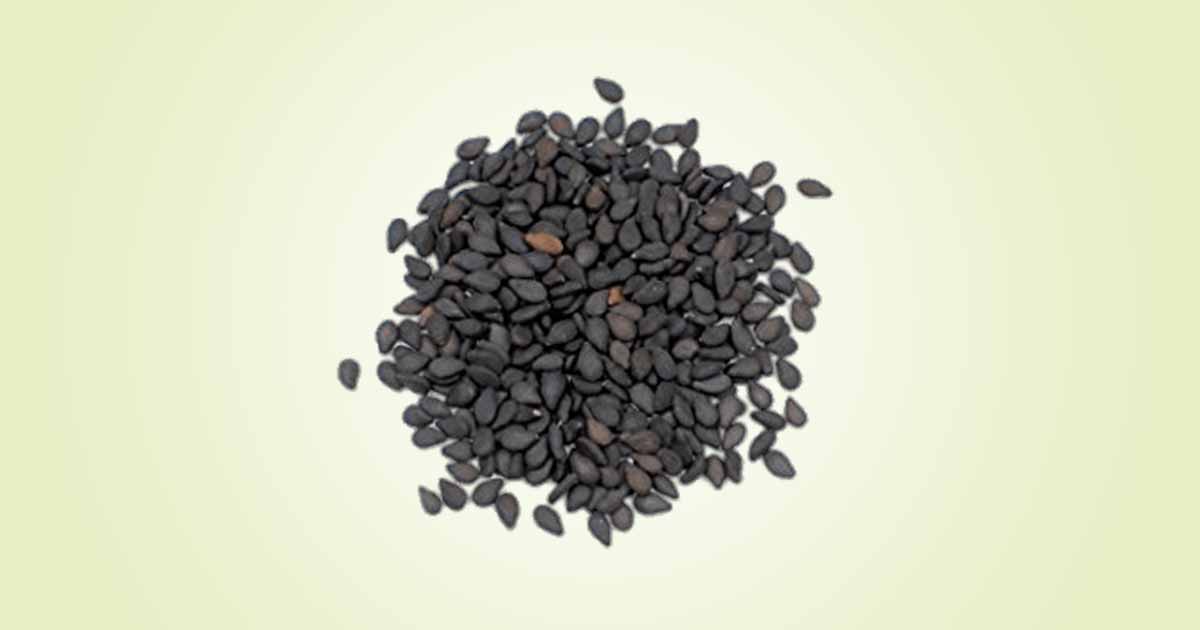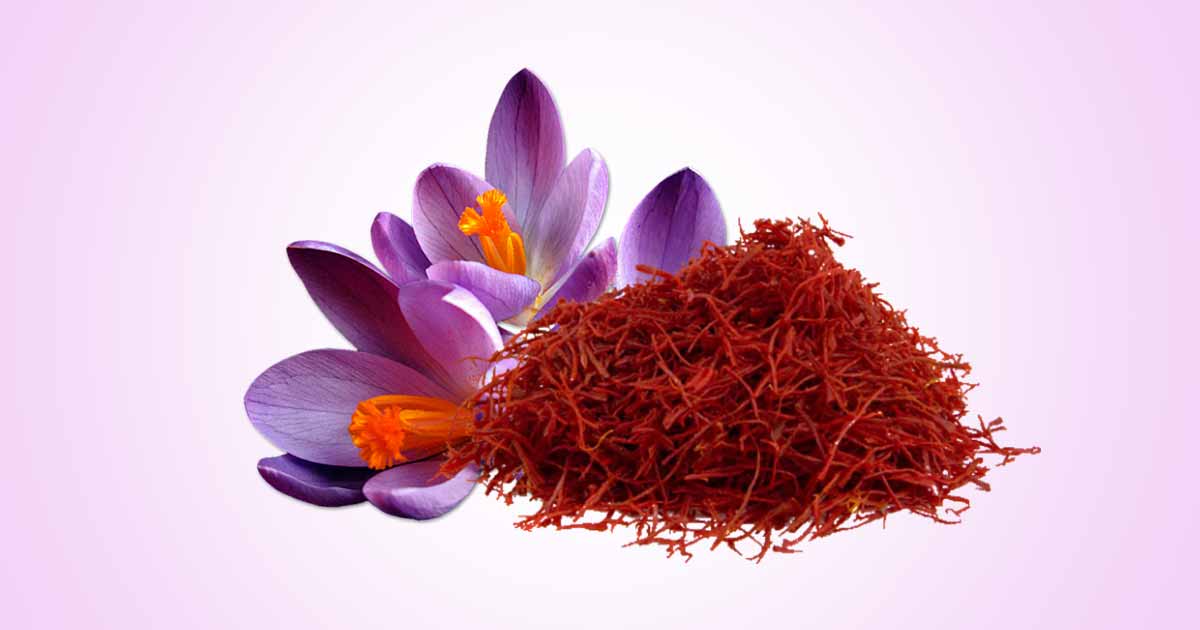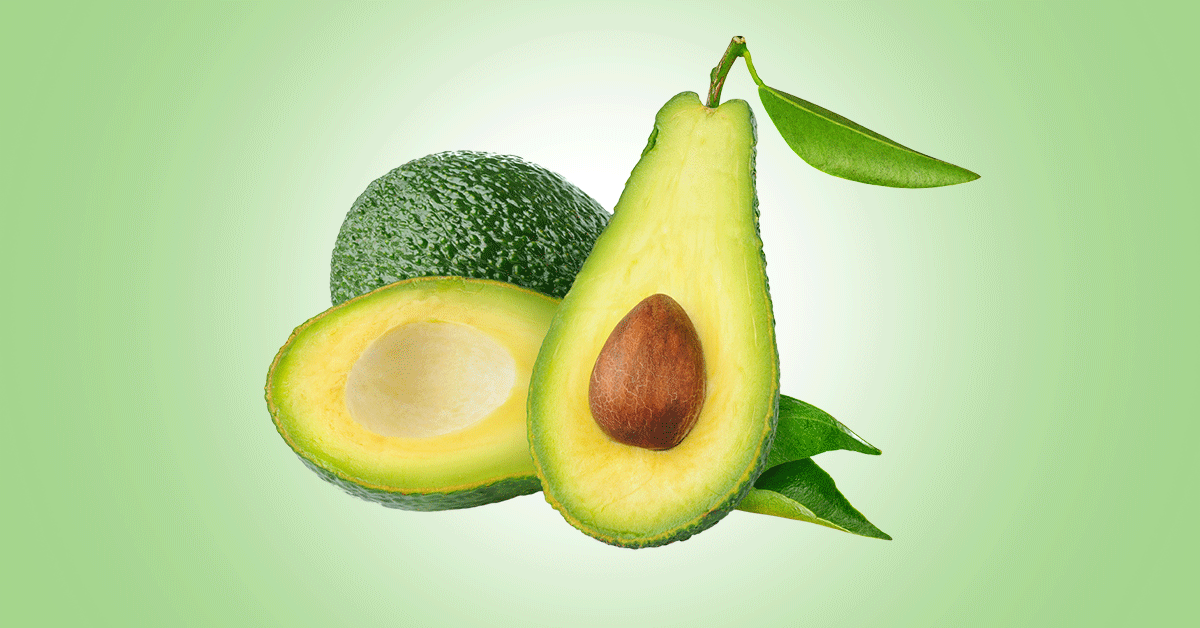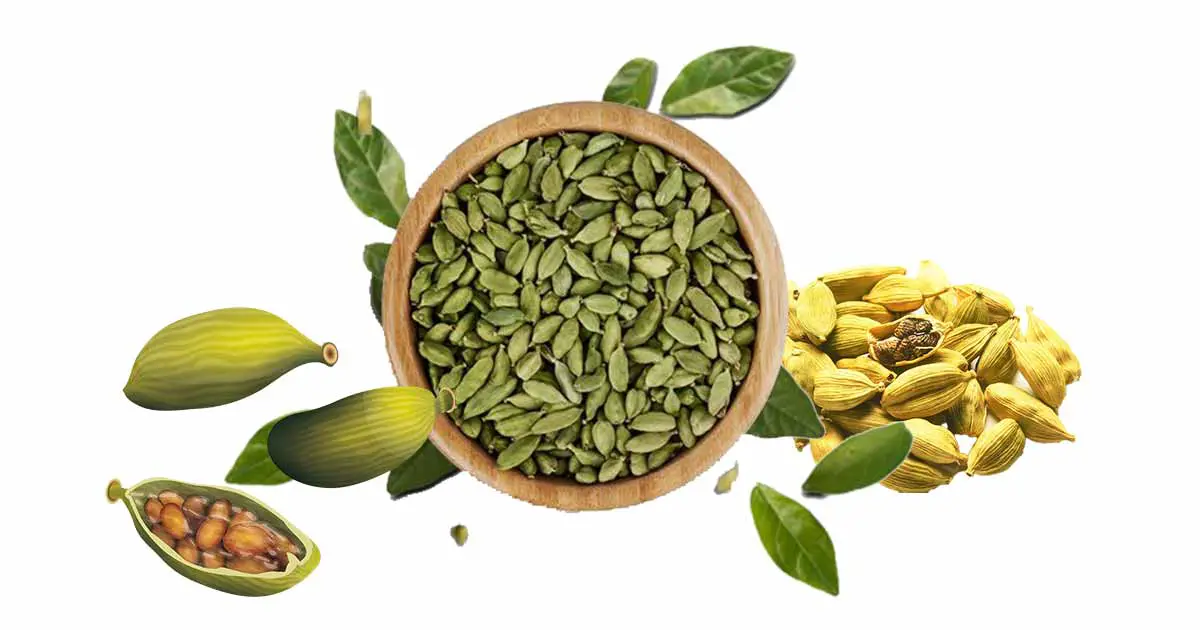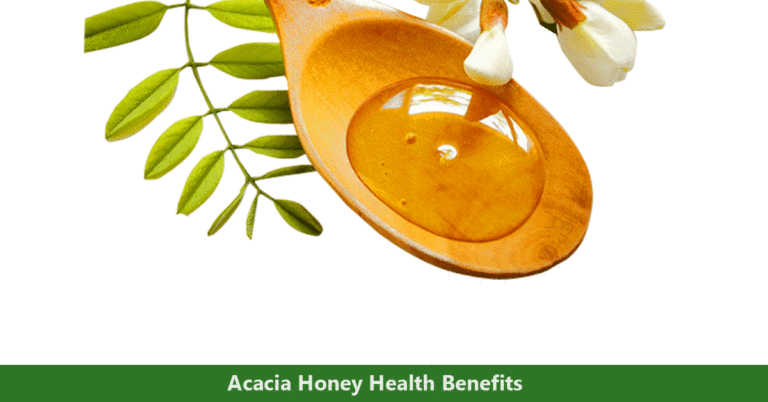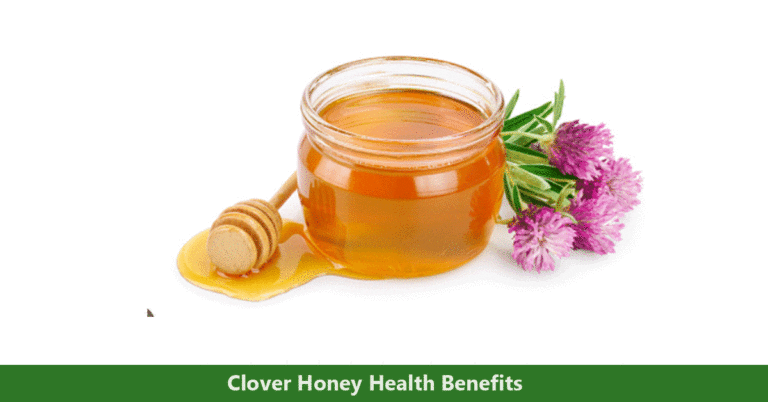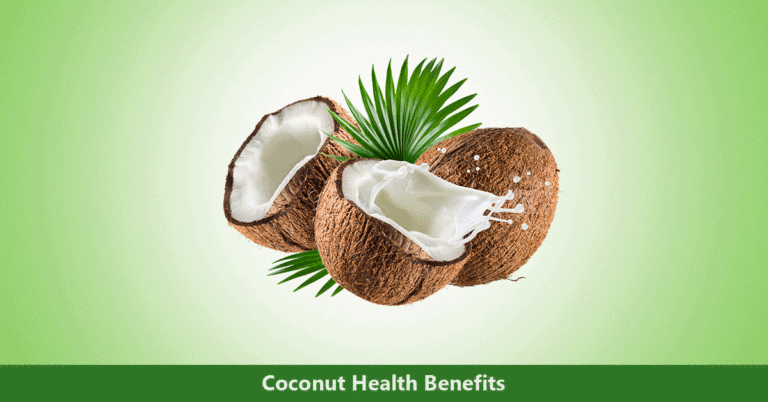There are many varieties of cabbages such as the green cabbage, red cabbage, savoy cabbage, and the Chinese cabbage. All the cabbages belong to the Brassica group of vegetables. Chinese cabbage (Brassica rapa, variety pekinensis)is also called Napa cabbage. It is cream-colored with celadon green tips.
Chinese cabbage is originally from China, but it is now cultivated in the West. It has a mild flavor similar to celery, thinner green leaves than most other cabbages, and bear more resemblance to turnips and rutabagas. It matures faster, and can be harvested three to four weeks after planting.
There are many kinds of Chinese cabbages such as ‘Pei Tsai’, ‘Tatsoi’, Pak Choy, and Bok Choy. Bok Choy, also called Napa, is the most popular Chinese cabbage in the West.
The cabbage can be used in diet in many ways. It can be consumed fresh, used raw in salad, cooked as vegetable, serve as ingredient in stir fries or fermented and pickled as kimchi (traditional Korean diet made from salted and fermented vegetables). In Northeastern China, it is used to make suan cai, a Chinese sauerkraut.
Composition
Chinese cabbage contains a high quantity of dietary fiber, nitrates, minerals such as calcium, potassium, magnesium, sodium, iron, zinc, and vitamins like vitamin C, vitamin A, vitamin K, folate, niacin, and pantothenic acid.
Other constituents include glucosinolates, polyphenols, amino acids, carotenoids, anthocyanins, fatty acids, soluble sugars.
Nutritional Composition of 100g of Raw Chinese Cabbage, (pak-choi)
| Nutrient | Composition |
| Water | 95.3 g |
| Energy | 55 kJ |
| Protein | 1.5 g |
| Total fats | 0.2 g |
| Ash | 0.8 g |
| Carbohydrate | 2.18 g |
| Dietary fiber | 1 g |
| Total sugars | 1.18 g |
| Calcium | 105 mg |
| Iron | 0.8 mg |
| Magnesium | 19 mg |
| Phosphorus | 37 mg |
| Potassium | 252 mg |
| Sodium | 65 mg |
| Zinc | 0.19 mg |
| Copper | 0.021 mg |
| Manganese | 0.159 mg |
| Selenium | 0.5 µg |
| Vitamin C | 45 mg |
| Thiamine | 0.04 mg |
| Riboflavin | 0.07 mg |
| Niacin | 0.5 mg |
| Pantothenic acid | 0.088 mg |
| Vitamin B-6 | 0.194 mg |
| Folates | 66 µg |
| Choline | 6.4 mg |
| Betaine | 0.3 mg |
| Vitamin A, RAE | 223 µg |
| Carotene, beta Carotene, alpha | 2680 µg 1 µg |
| Lutein + zeaxanthin | 40 µg |
| Vitamin E (alpha-tocopherol) | 0.09 mg |
| Vitamin K (phylloquinone) | 45.5 µg |
| Fatty acids, total saturated | 0.027 g |
Health Benefits of Chinese Cabbage
Antioxidants: Chinese cabbage is rich in glucosinolates, vitamin C, flavonoids such as quercetin, and kaempferol. These compounds can mop up free radicals that cause diseases in the body.
Flavonoids also have neuroprotective, cardioprotective, anticancer, antiviral activities.
Weight loss: The cabbage contains high quantity of dietary fiber (soluble and insoluble) but low calorie. This can help obese people who want to lose weight.
Helps the bones: It contains high quantity of calcium and vitamin K, elements that could help in maintaining healthy bones and teeth. Vitamin K also helps in blood clotting, and prevent neuronal damage, which could be beneficial in the treatment of Alzheimer’s disease.
Boost immune system: High vitamin C content in Chinese cabbage can aid in immune system protective action by supporting cellular function in both the innate and adaptive immune system.
Eyesight: In addition to vitamin A, cabbage contains carotenes, lutein, and xanthin, compounds that can be converted to vitamin A. This vitamin helps to improve vision and sight.
Other health benefits of Chinese cabbage include prevention of inflammation, cancers, cholesterol lowering, folate supplementation which could prevent anemia in pregnancy and curb neurological diseases in newborn babies.
References
- https://www.researchgate.net/publication/242770315_Nutritional_quality_of_Chinese_cabbage_from_integrated_culture
- https://www.uaex.uada.edu/publications/pdf/FSA-6066.pdf
- https://www.nj.gov/agriculture/farmtoschool/documents/seasonality-chart/F2S%20Chinese%20Cabbage.pdf

